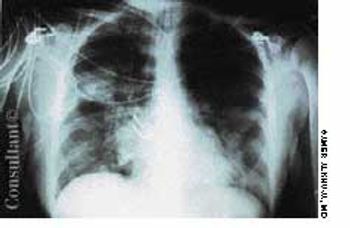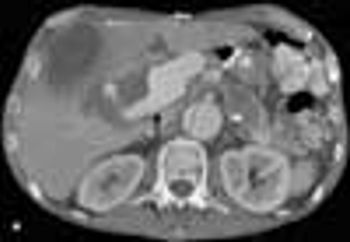
Abstract: All children with asthma should have periodic office visits, usually every 3 to 6 months, in which asthma action plans are updated. Periodic assessment of lung function by peak expiratory flow or office spirometry can help determine the appropriate treatment strategy. Low daily doses of inhaled corticosteroids remain the first and most effective choice of therapy for persistent asthma. If this approach is inadequate, adding a second medication, such as a leukotriene modifier or a long-acting ß2-agonist, is suggested. Short-acting ß2-agonists remain the most important therapy for intermittent asthma. For most children, the best route is via a metered-dose inhaler with either a spacer or valved holding chamber. If these agents are inadequate, a short course of oral corticosteroids may be required. (J Respir Dis. 2005;26(8):348-358)


